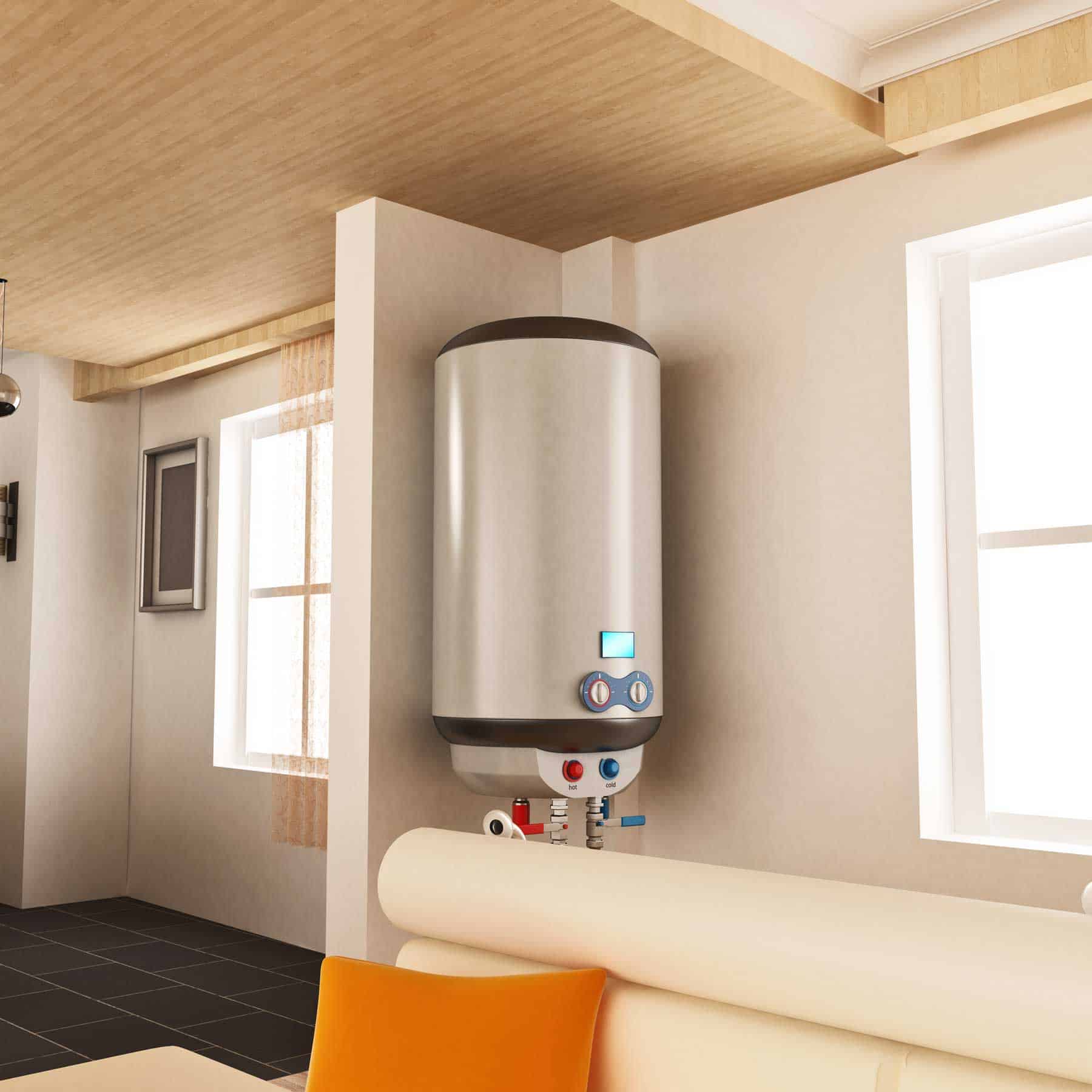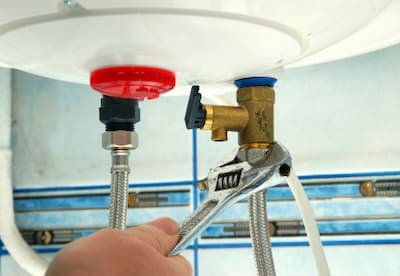Nearly everybody will have their personal conception when it comes to What Kind of Maintenance Do Water Heaters Need?.

Warm water is important for everyday convenience, whether it's for a rejuvenating shower or cleaning meals. To guarantee your hot water system runs effectively and lasts longer, normal maintenance is crucial. This post provides practical ideas and understandings on just how to maintain your home's hot water system to prevent disruptions and costly repairs.
Intro
Maintaining your home's warm water system might seem daunting, however with a couple of easy actions, you can guarantee it operates efficiently for years to find. This overview covers everything from understanding your hot water system to DIY maintenance ideas and knowing when to hire specialist help.
Significance of Preserving Your Hot Water System
Routine upkeep not only prolongs the life-span of your hot water system but also ensures it operates efficiently. Ignoring upkeep can result in decreased efficiency, higher energy costs, and even premature failing of the system.
Indicators Your Hot Water System Demands Upkeep
Knowing when your hot water system requires attention can avoid significant problems. Keep an eye out for signs such as inconsistent water temperature level, weird sounds from the heater, or rustic water.
Comprehending Your Warm Water System
Prior to diving into maintenance tasks, it's valuable to understand the basic components of your hot water system. Usually, this consists of the hot water heater itself, pipelines, anode poles, and temperature controls.
Monthly Maintenance Tasks
Routine regular monthly checks can assist capture small concerns prior to they intensify.
Purging the Water Heater
Flushing your water heater eliminates sediment accumulation, enhancing effectiveness and extending its life.
Monitoring and Changing Anode Rods
Anode poles stop deterioration inside the container. Evaluating and changing them when broken is critical.
Examining and Adjusting Temperature Level Setups
Readjusting the temperature settings guarantees ideal efficiency and safety and security.
Do It Yourself Tips for Upkeep
You can perform several maintenance tasks on your own to maintain your warm water system in top condition.
Looking for Leakages
Regularly examine pipes and connections for leaks, as these can cause water damages and greater costs.
Checking Stress Alleviation Valves
Examining the stress safety valve guarantees it operates correctly and prevents excessive pressure buildup.
Insulating Pipes
Insulating hot water pipelines lowers warmth loss and can conserve power.
When to Call a Specialist
While do it yourself upkeep is helpful, some concerns need expert competence.
Complicated Problems Requiring Professional Help
Instances consist of significant leakages, electrical problems, or if your hot water heater is constantly underperforming.
Regular Expert Maintenance Conveniences
Professional maintenance can consist of extensive examinations, tune-ups, and making sure conformity with security standards.
Verdict
Routine upkeep of your home's warm water system is vital for efficiency, durability, and cost financial savings. By complying with these tips and understanding when to seek expert help, you can make sure a reliable supply of warm water without unexpected disturbances.
How to Maintain an Instant Hot Water Heater
Before tinkering with your hot water heater, make sure that it’s not powered on. You also have to turn off the main circuit breaker and shut off the main gas line to prevent accidents. Also turn off the water valves connected to your unit to prevent water from flowing into and out of the appliance. 2. When you’re done, you have to detach the purge valves’ caps. These look like the letter “T” and are situated on either side of the water valves. Doing so will release any pressure that has accumulated inside the valves while at the same time avoid hot water from shooting out and burning your skin. 3. When the purge valves’ caps are removed, you have to connect your hosing lines to the valves. Your unit should have come with three hoses but if it didn’t, you can purchase these things from any hardware or home repair shops. You can also get them from retail stores that sell water heating systems. Read the user’s manual and follow it to complete this task properly. When the hosing lines are connected, open the purge port’s valves. 4. You should never use harsh chemical cleaners or solutions when cleaning your unit. Make use of white vinegar instead. It should be undiluted and you’ll probably use about 2 gallons. 5. Now flush your water heater. This task should probably take about 40 minutes. We can’t give you specific directions for this because the procedure is carried out depending on the type, model and brand of your heater. With that being said, refer to the user’s manual. 6. When you’re done draining the unit, you have to turn off the purge port valves again. Remove the hosing lines that you earlier installed on each of the water valves. Put the valve caps (purge port) back in their respective places and be very careful so as not to damage the rubber discs that are found inside these caps. 7. Now that everything’s back in place, check your user’s manual again to find out how to reactivate your water heating system. 8. Once it is working, turn one of your hot water faucets on just to let air pass through the heater’s water supply pipes. Leave the tap on until water flows smoothly out of it. https://www.orrplumbing.com/blog/2014/september/how-to-maintain-an-instant-hot-water-heater/

Do you like reading up on Tips For Maintaining Your Hot Water Heater? Place a comment further down. We will be glad to listen to your reactions about this content. We are looking forward that you visit us again soon. Sharing is caring. You just don't know, you may just be helping someone out. Bless you for your time. Kindly visit our blog back soon.
Click Here
 Barret Oliver Then & Now!
Barret Oliver Then & Now! Michelle Pfeiffer Then & Now!
Michelle Pfeiffer Then & Now! Phoebe Cates Then & Now!
Phoebe Cates Then & Now! Teri Hatcher Then & Now!
Teri Hatcher Then & Now! Terry Farrell Then & Now!
Terry Farrell Then & Now!